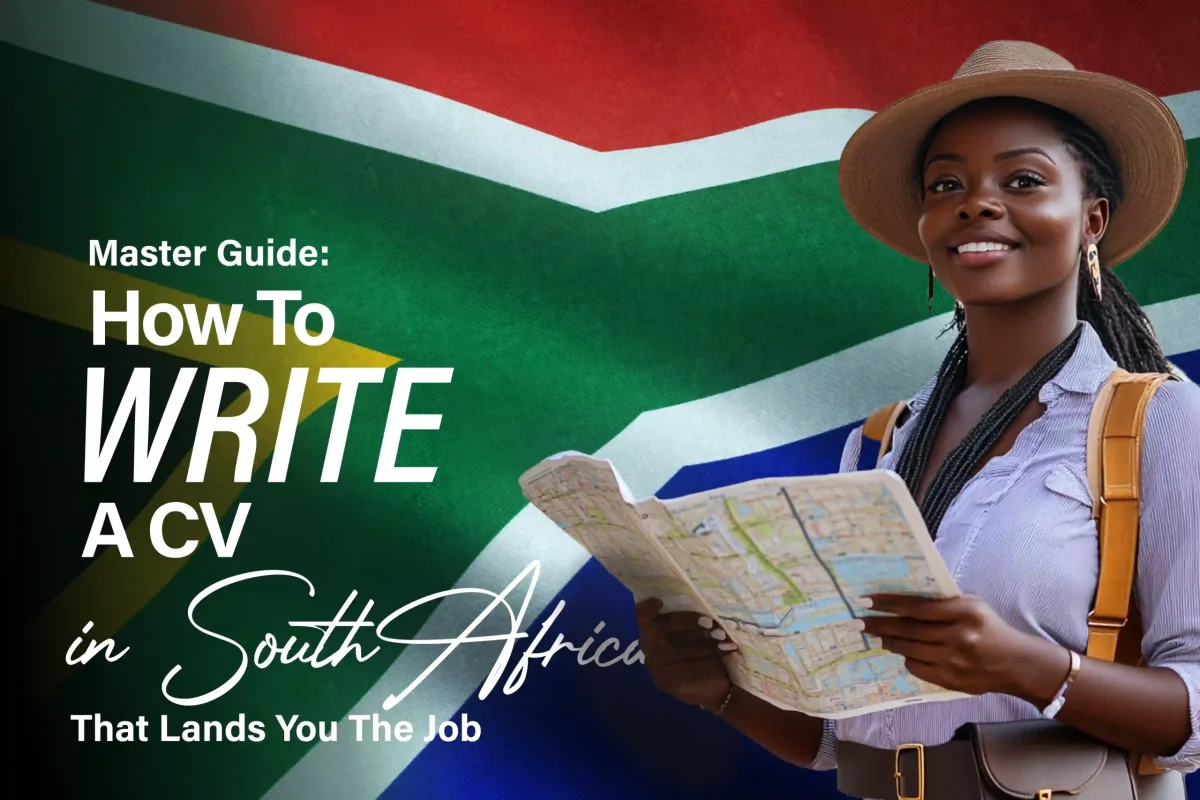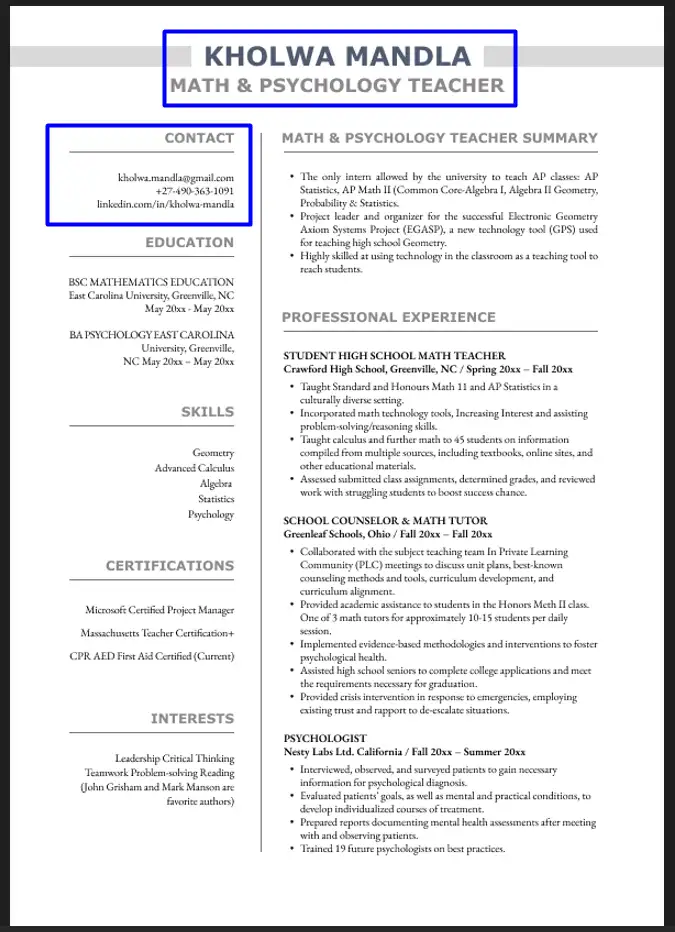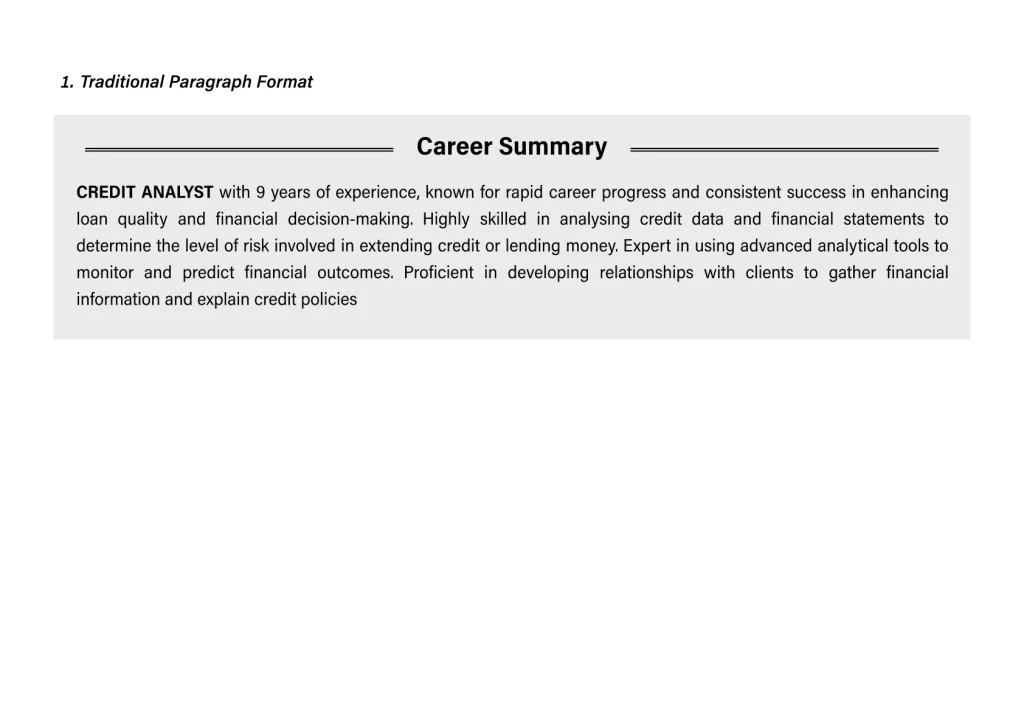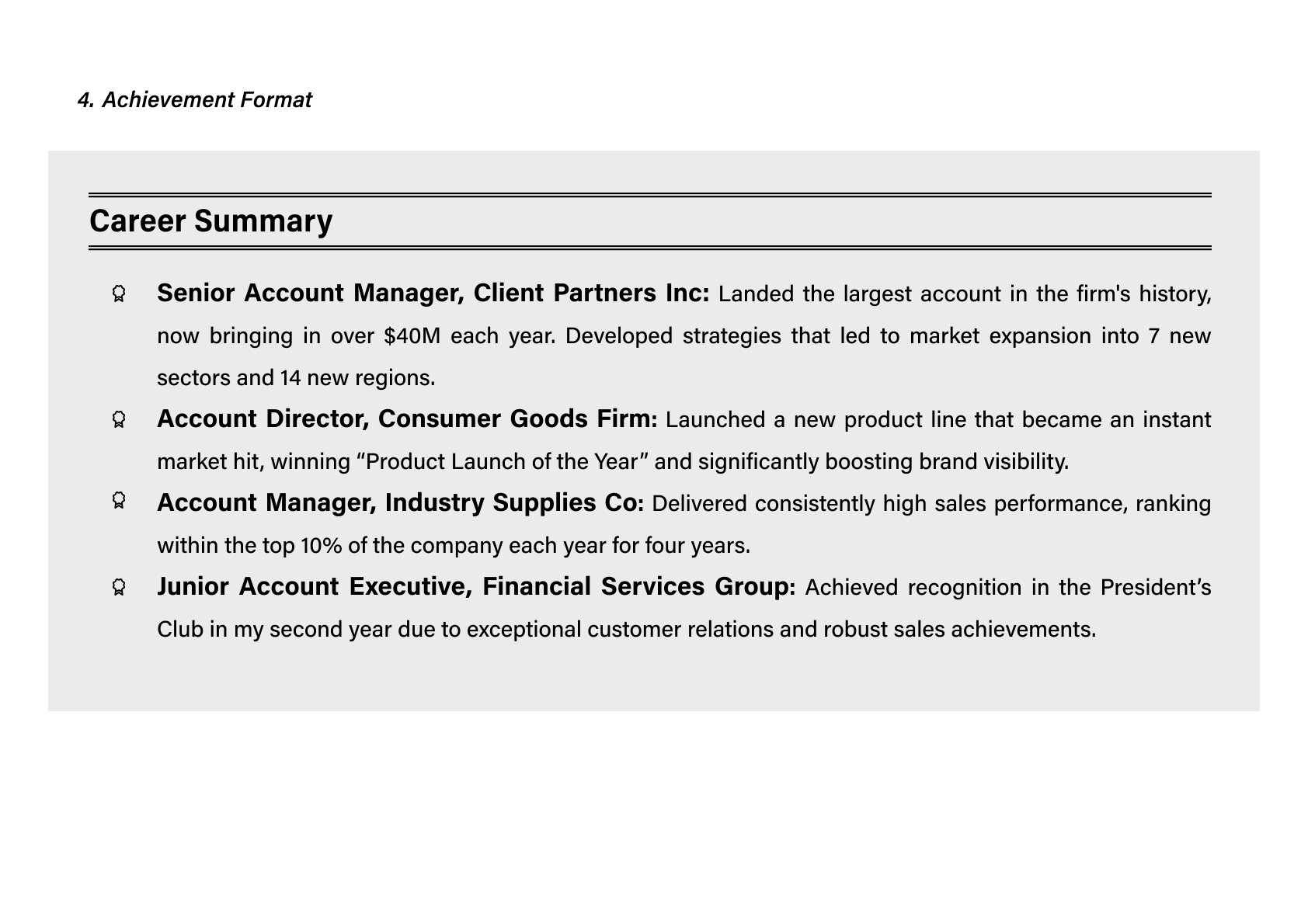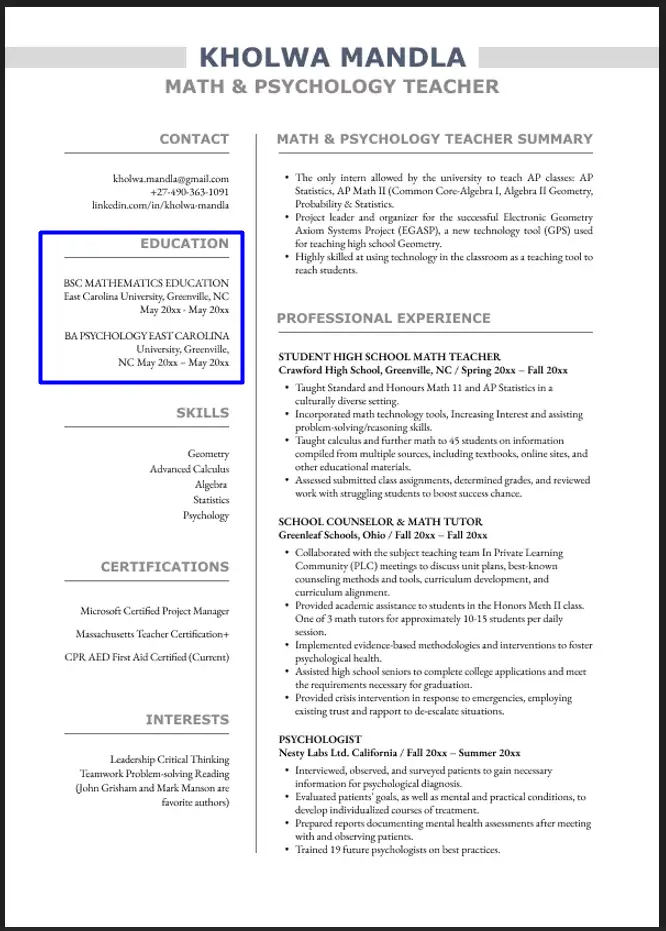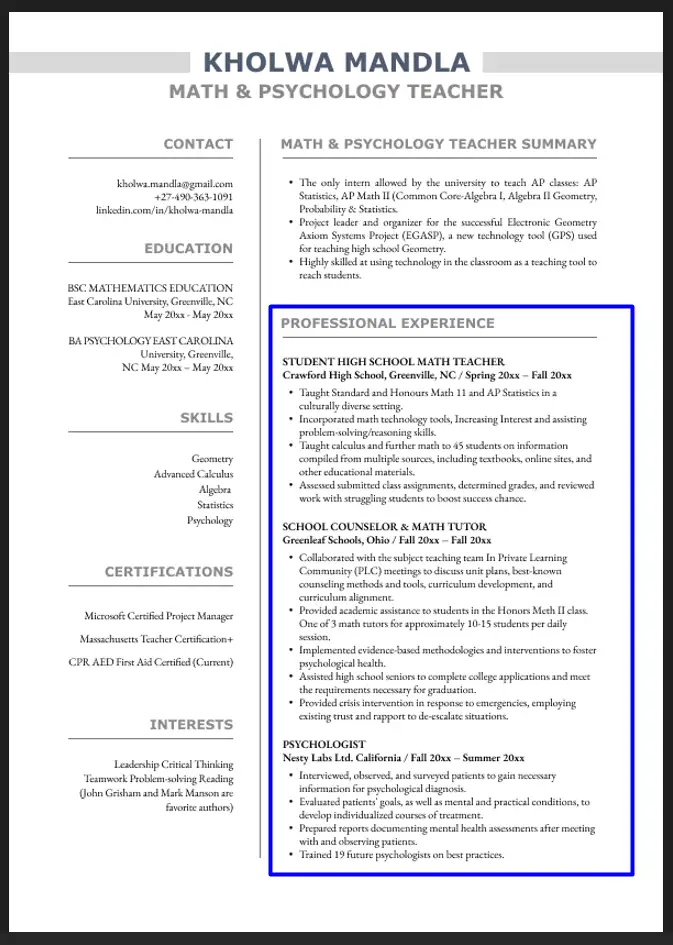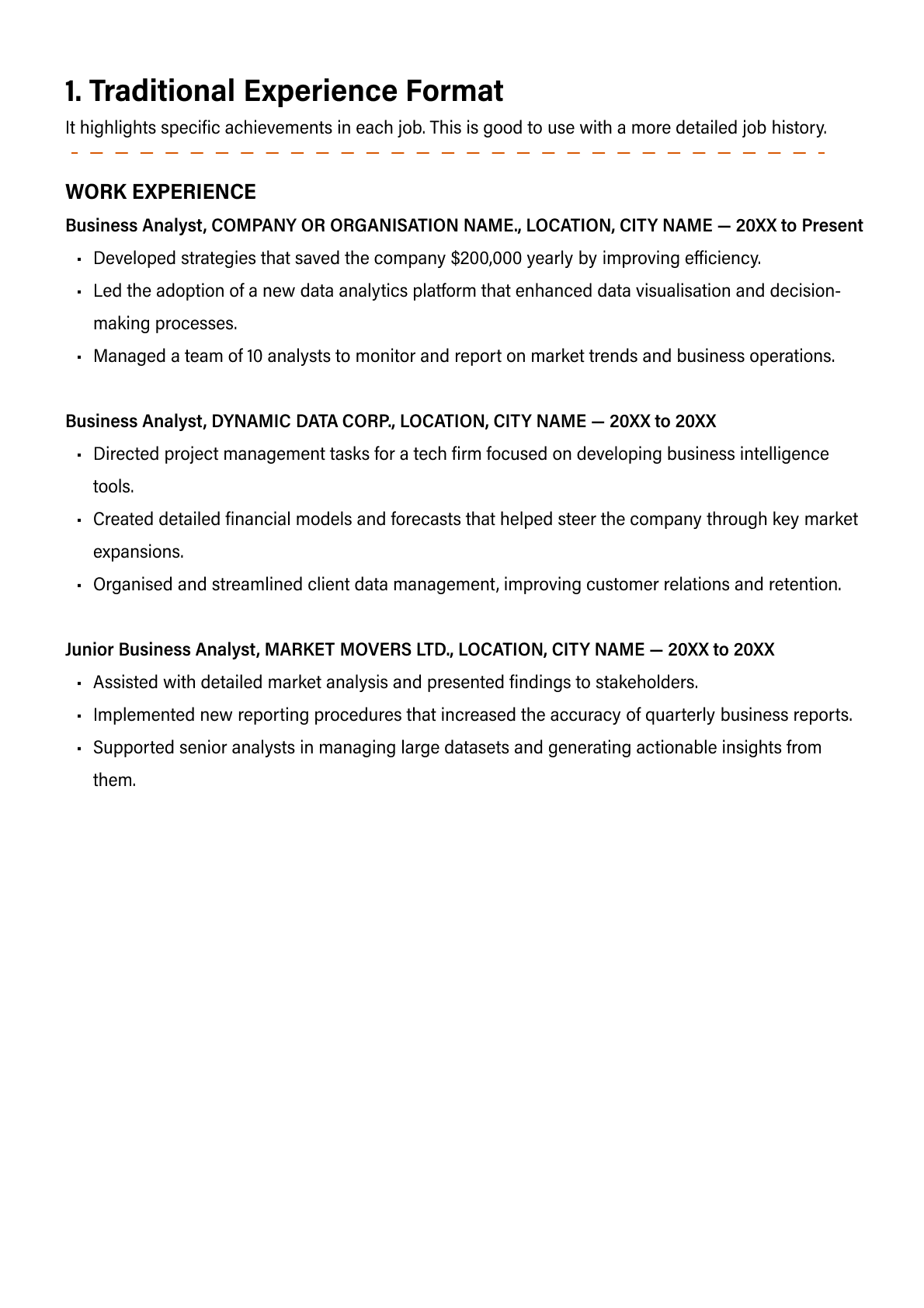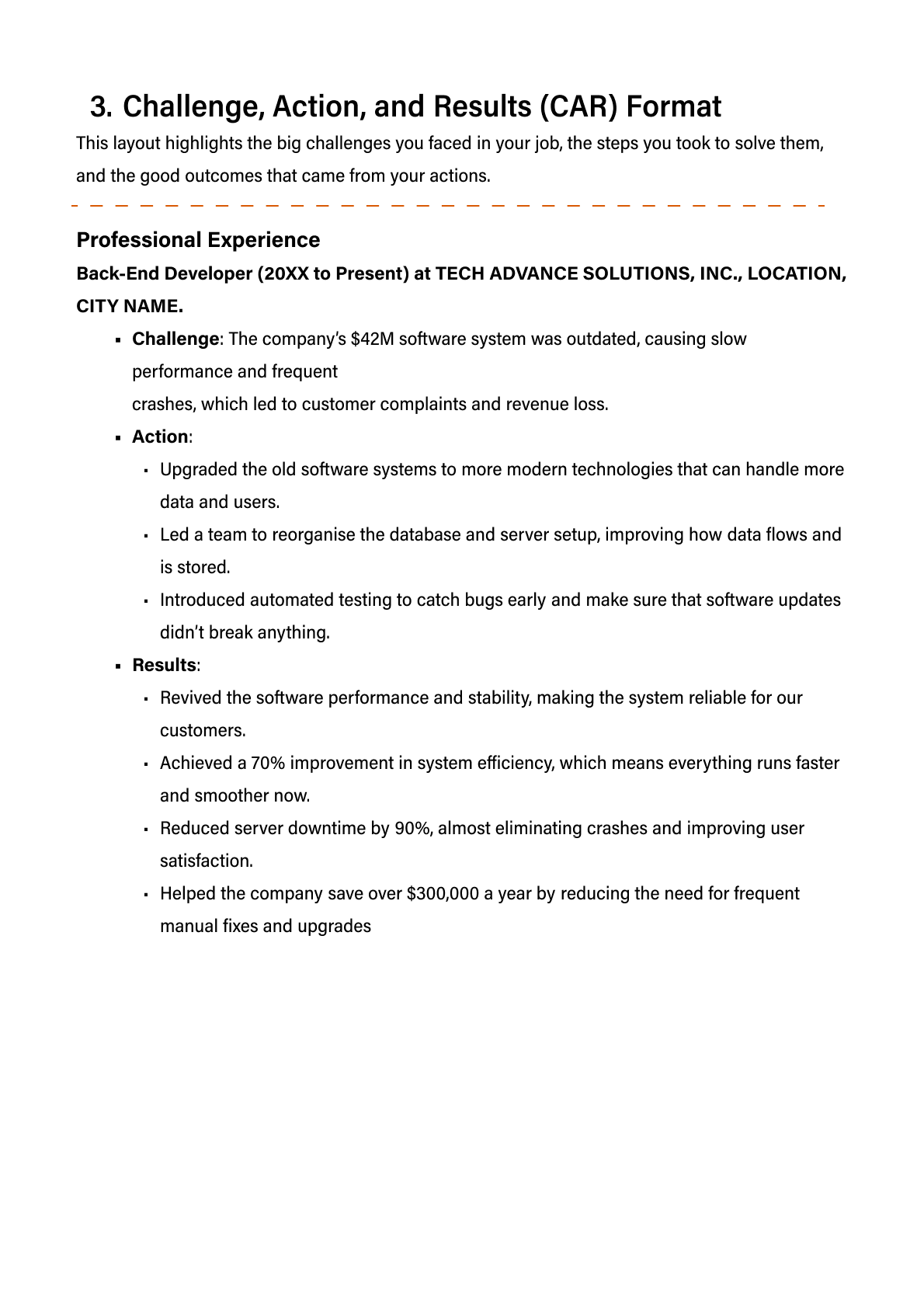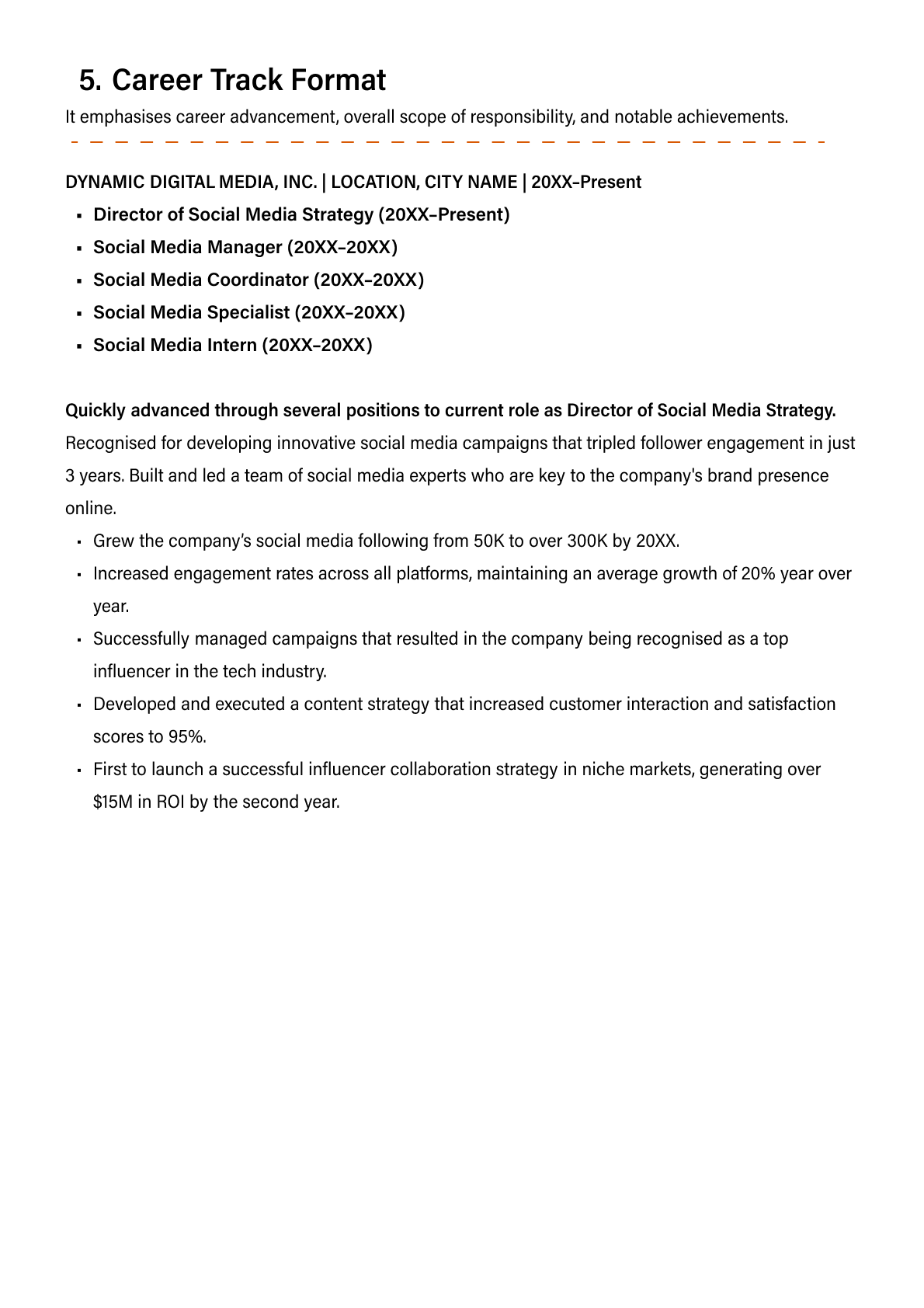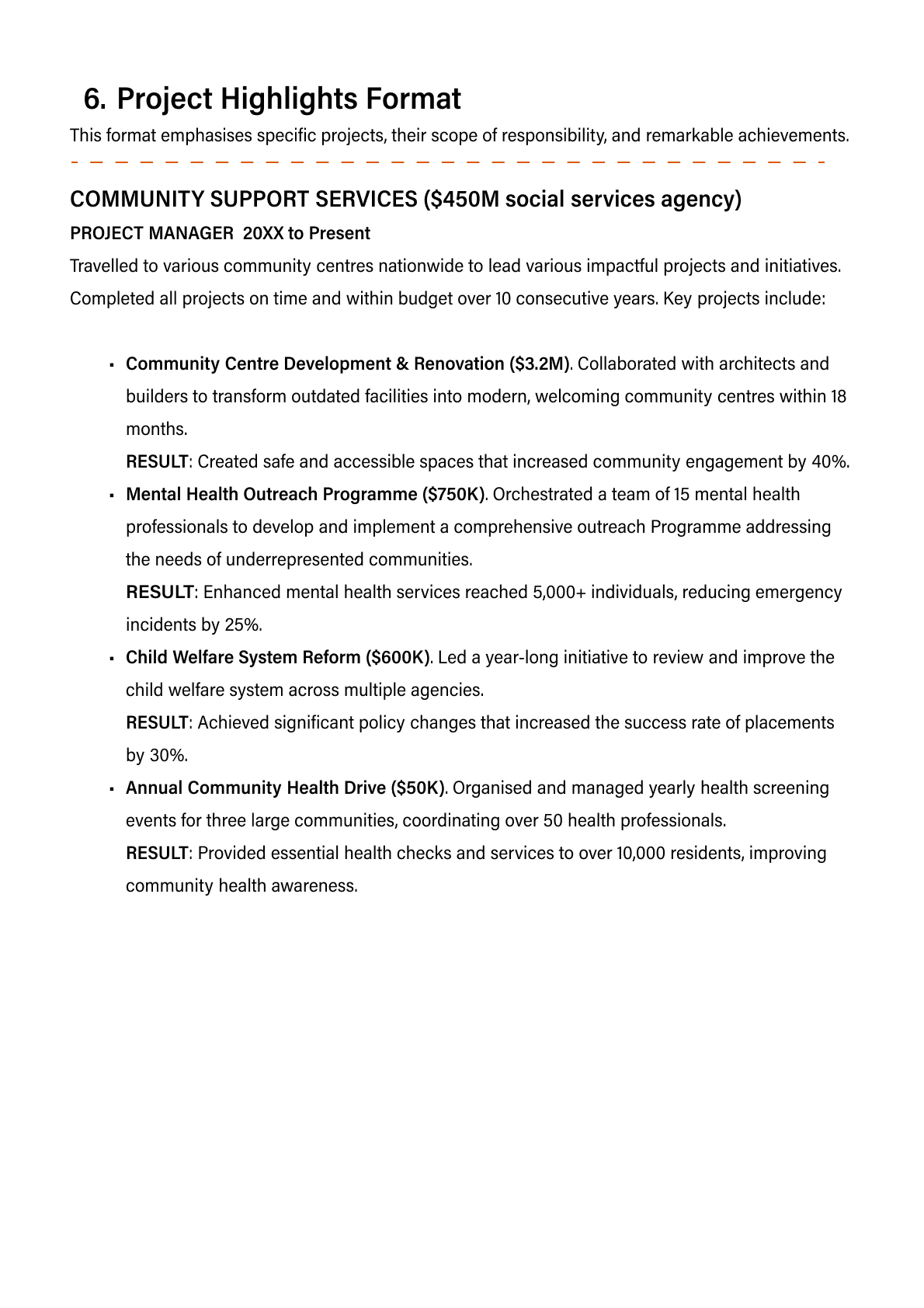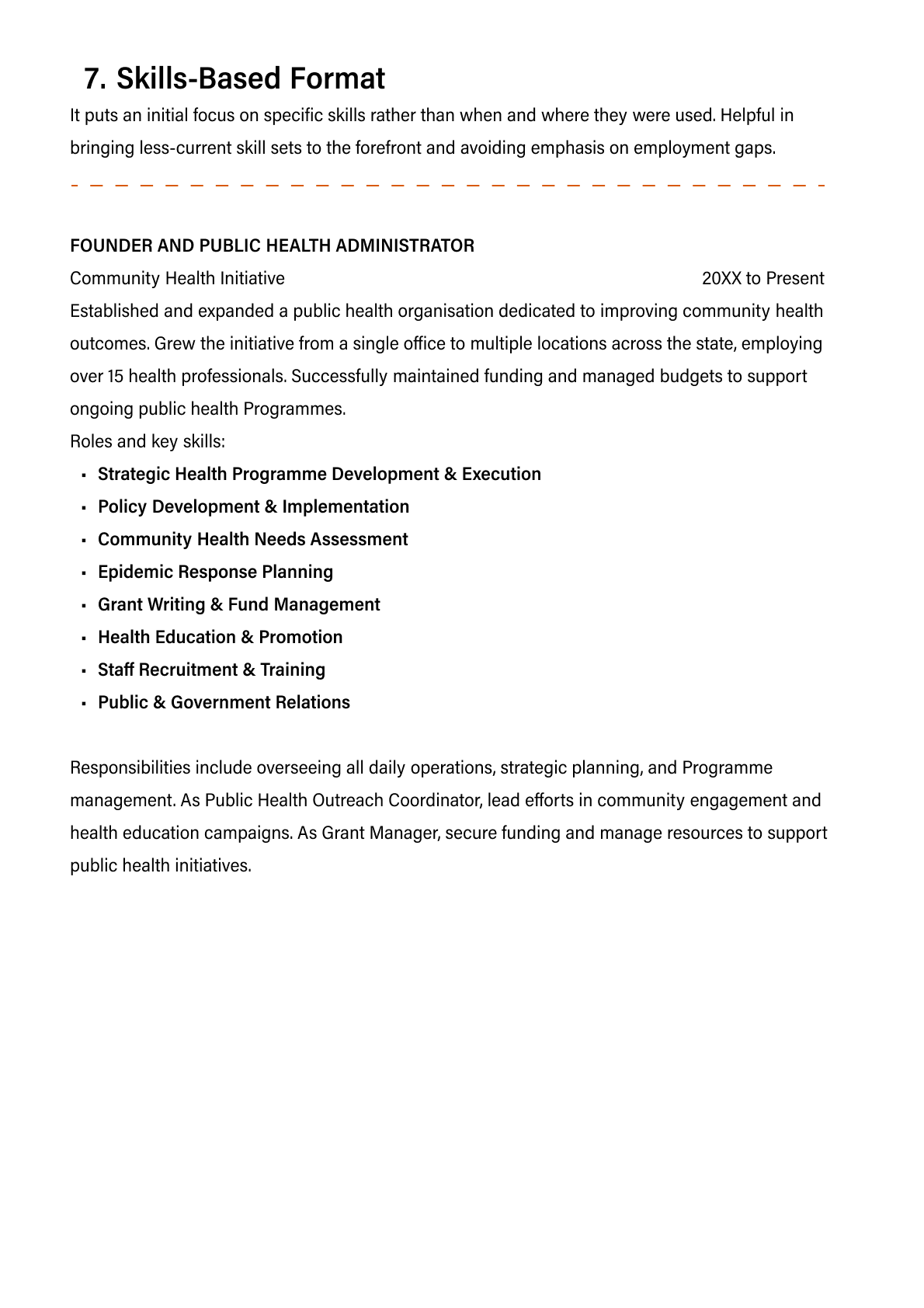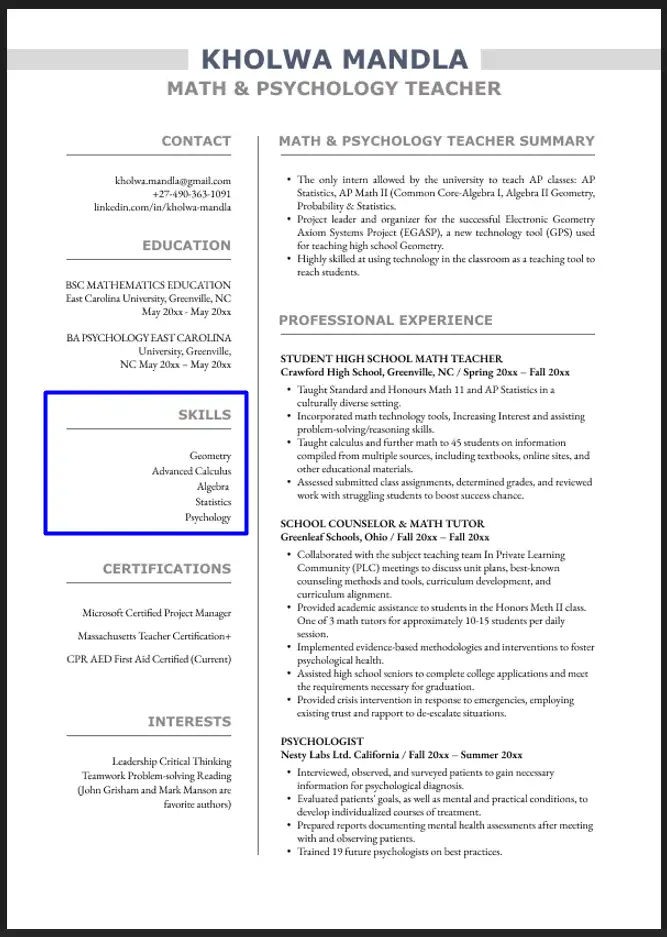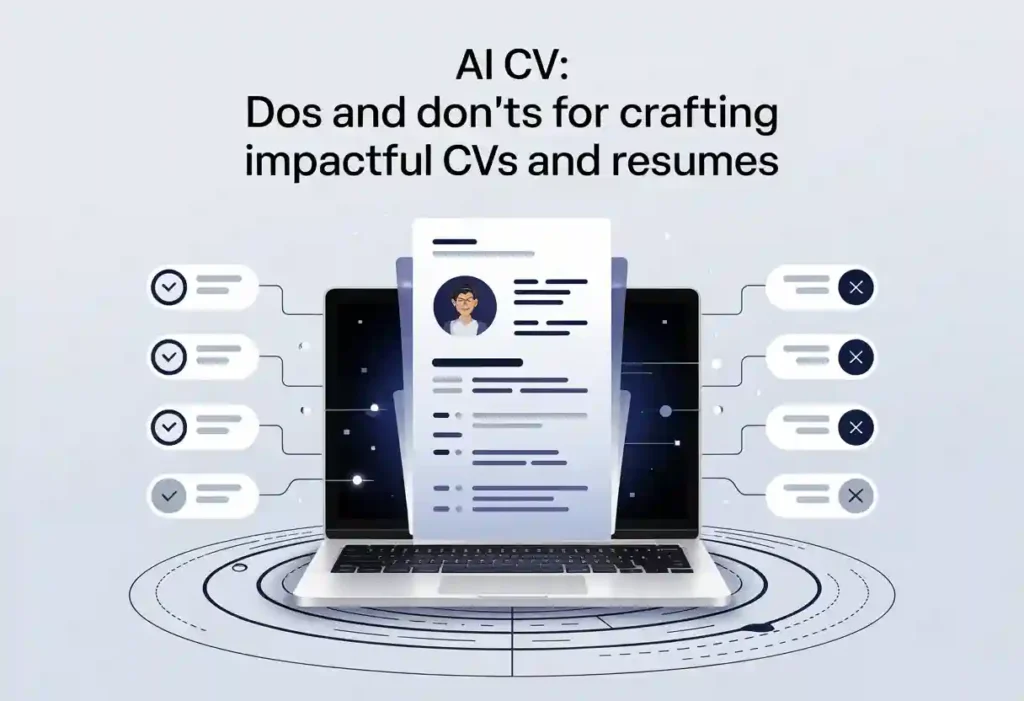It All Begins With Your Decision To Be The Star In The Crowd
James Innes once said, “You need to help the recruiters as much as possible since they see sifting through CVs as a chore.”
=====
To stand out as the best person among the rest and increase your chances of landing more interviews, you must start thinking like a prospective employer, not just a job seeker.
With recruiters spending mere seconds reviewing each application, a super good CV (and cover letter) is the ticket you need to grab their attention and show your unique value proposition. The good news is that you’ll learn how to create this effective CV.
I’ll walk you through everything you need to know to position yourself as the star. By the end of this guide, you’ll be equipped with CV writing expertise that opens doors to interview opportunities and new job offers.
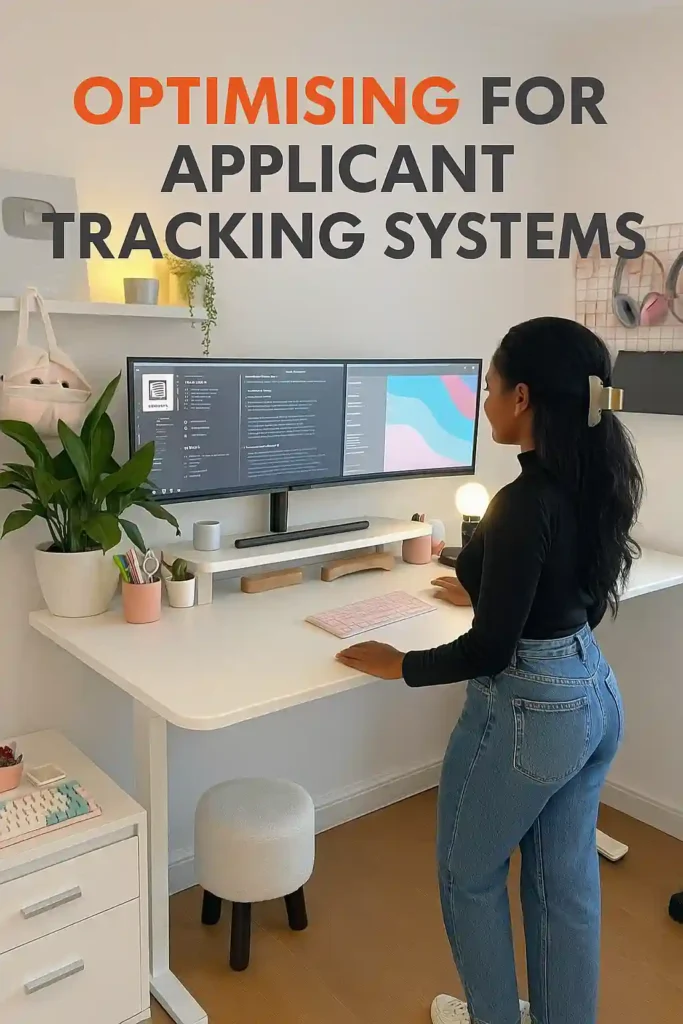
How to Write a CV in South Africa Effectively
1. Ask yourself, ‘Why is this position vacant?’ So, investigate further into the reason for the job opening. How? Whenever feasible, reach out to the advertiser or relevant personnel on LinkedIn.
2. Consider too, ‘How can I tailor my CV to convincingly show that I am the ideal candidate to address their specific needs?’
3. Improve your CV’s chances of passing ATS filters by putting important job keywords in your summary, work experience, and skills sections. This will help your CV match companies’ wants when they sort through candidates.
4. Promote yourself effectively across these basic CV sections:
• Contact Information and Headline: Establish your professional persona.
• Summary: Summarise your extensive experience and standout accomplishments.
• Work Experience: Evidence of your previous achievements and effectiveness in similar positions.
• Skills: Include applicable ‘soft skills’, technical skills, and software proficiencies.
• Education: Showcase your educational background and professional qualifications.
• Other: (Optional) Add relevant sections such as honors, certifications, interests, professional affiliations, or others that can boost your candidature.
I’ve discussed each of these in more detail in the Writing Your CV (The Core Sections) section.
By thoroughly understanding these details and following my expert advice closely, your CV will become much more difficult for recruiters and employers to overlook.
Key Takeaways
Use a reverse-chronological format and keep your resume to one or two pages.
Skip personal details like your age, current salary, gender, political affiliation, religion, or marital status; they’re unnecessary unless the job advertiser stated that they needed those details.
Start with a compelling professional statement that captures what would make you uniquely valuable to the organisation if they hired you.
Tailor each section of your CV to fit the job you’re applying for, so it feels targeted.
Keep the layout clean and simple, avoid headshots and fancy graphics that might distract from your content.
Understanding the Job Market in South Africa
South Africa has a highly competitive job market with a comparatively high unemployment rate.
The job market is looking for skilled and experienced individuals for employment.
Understanding the job market will help you tailor your CV (Curriculum Vitae) and cover letter to meet potential employers’ requirements.
If you’re from abroad, mention how your academic career prepared you for local standards. Stress your skills, such as foreign languages or cross-cultural experience.
Provide references from any volunteer work done in the region. Let them see you’re ready for local employment. Align your CV format with local norms, but keep everything genuine.
Choosing the Right CV Template
A good CV template should be clear, concise, scannable, and easy to read.
Choose a template that is relevant to your industry and job application.
Avoid using too much formatting or graphics that can distract from the content.
Modern CV Templates
Characteristics of Modern CV Templates
Combining traditional content with
Modern design elements such as clean lines
Bullets
Strategic use of colour(s)
CVJury App Modern CV Template Examples
Do you need support creating your CV in South Africa? Discover our app below:
Industries
A modern CV template is helpful for many jobs. It’s perfect for marketing, technology, and creative careers where people like things to look modern while still being professional.
Creative CV Templates
Characteristics of Creative CV Templates
Use unique layouts
Vibrant colours
Creative fonts
Industries
This template is popular in jobs like design, advertising, IT, entertainment, and art, where creativity and uniqueness are essential. It’s also great for fashion and publishing jobs, where how things look makes a big difference.
CVJury App Creative CV Template Examples
Traditional or Conservative CV Templates
Characteristics of Traditional or Conservative CV Templates
Classic layout
Often a black-and-white colour scheme
Standard fonts (e.g., Arial, Calibri, Times New Roman)
Industries
This template is favoured in jobs like accounting and finance, law, government, healthcare, etc., which like things to be formal and traditional. It’s also well-suited for the education and banking sectors, where a more classic approach is appreciated.
CVJury App Traditional CV Template Examples:
Senior or Premium CV Templates (Senior or Specialised Roles)
Keep a concise professional summary when you write a CV for a senior role. Show how your unique skills boosted profits or influenced teams.
Use bullet points to display key skills, such as leadership, strategy, or foreign languages relevant to the job. Focus on advanced accomplishments. This will help hiring managers see your readiness for higher employment.
Highlight your significant wins using strong verbs. Trim older roles if they don’t match the new role. If it supports your advanced claims, add a line or two about your academic career.
Design Characteristics of Senior or Premium CV Templates
Features contemporary designs with bright colours
Various fonts to make your resume stand out
Crafted to highlight your top qualities, leadership, and career achievements
Tailored for Specific Sectors
Ideal for managers in design, tech, advertising, arts, entertainment, and other fields. These CVs showcase your creativity, innovative ideas, and leadership.
CVJury App Premium CV Template Examples
Writing Your CV (The Core Sections)
The most critical CV sections include Contact Details, Summary or Career Objective, Educational Background, Work Experience, and Skills.
These essentials help employers easily see your qualifications and decide if you’re right for the job, so make sure each part helps them decide you’re the right person.
Freelancers and Gig Workers
Many people’s work history includes short contracts or jobs in their early careers. Structuring those roles under clear headings can still help build a strong CV.
In a short paragraph highlighting how you tackled problem-solving or achieved great teamwork, show the relevant skills gained from part-time or volunteer work.
If you had multiple roles simultaneously, list them in reverse order and note why they mattered. Hiring managers appreciate seeing how you balanced tasks. This approach can also help you look like a well-rounded individual.
Contact Details
This section of your CV is critical because it makes it easy for the recruiter to contact you for an interview.
Include the following in your contact details:
official name
mobile phone number
professional email address
LinkedIn profile link
Clarifying Personal Info Requests
Some sources suggest listing your full address, age, or marital status, while others discourage it. Only include data that helps your job application.
If the CV format suggests personal info, evaluate if it suits the job. A short note may suffice: “Open to relocation” if needed. This approach prevents biases and keeps focus on relevant information.
Adding LinkedIn Profile and Online Portfolio
Many hiring managers research applicants online. Add your LinkedIn profile if it echoes your curriculum vitae. A mismatch raises doubts. If you have an online portfolio, link it under “Projects” or a separate section.
Show examples of your best work. This is good if your field involves design or any creative output.
Pro Tip
Avoid adding your age, marital status, complete address, or religion, as these may lead to potential (hidden) biases. They are also personal information, and often unnecessary.
Summary or Career Objectives
You put this item underneath the header at the top of your CV.
Your summary or career objectives is a (brief) summary that highlights who you are and the goal you aim to achieve. It’s meant to answer the question every recruiter asks: Are you the ideal person for this role?
Showcase your skills, experience, and career goals in a compelling way that grabs attention.
Tailor your summary or career objectives to the job you are applying for.
5 Alternative Formats to Present Your CV Summary
Pro tip:
Use a career objective to highlight transferable skills if you’re a fresh graduate or switching careers. Opt for a summary if you’re a professional with relevant experience and want to showcase key achievements.
Educational Background
Employers are especially interested in your educational history and relevant training.
List your qualifications, certifications, and any relevant knowledge you gained from your education.
Be sure to include your institution’s name, qualification, and graduation year.
Work Experience
List your previous job experience with the date in reverse chronological order (from the most recent workplace).
For each position, include 3-5 bullets focusing on your strengths and value.
Employers want proof that you can deliver results, not just a rundown of your responsibilities.
To stand out, ensure each bullet highlights key skills and achievements that show you’re the person for the position.
7 Different Formats to Present Your CV Work Experience:
Pro Tip:
To make a positive impression, your CV work experience should be more accomplishments and result-centred than responsibility-based.
Skills
In CV writing, the skills section plays a role in capturing the recruiter’s attention.
Ensure any skills added are well-tailored to the particular position you’re pursuing.
Think about the technical, software, and transferable skills that will help you shine and add them.
If you’re not originally from South Africa, use this opportunity to showcase any unique abilities and perspectives you bring to the table.
Additional Sections to Include (Optional)
Certifications and awards applicable to the job.
Related projects or volunteer work.
Relevant skills or training related to the job.
Accomplishment Highlights or Achievement Highlights
Career Highlights or Career Overview
Experience Highlights
Honours
Interests
Languages
Professional Associations or Professional Affiliations or Association Memberships
Public Speaking
Publications
Software
Explaining Career Gaps or Sabbaticals
If you paused your employment for personal reasons, clarify this in one or two lines on your curriculum vitae. Mention any volunteer work or relevant extracurricular activities completed in that period. E.g.,
Example 1
Personal Break (June 20xx – December 20xx): Focused on family responsibilities while completing an online marketing course to stay current.
Example 2
Career Pause (April 20xx – November 20xx): Relocated to a new city and joined local volunteer work to maintain professional skills.
Example 3
Sabbatical (January 20xx – August 20xx): Took time for personal growth and freelanced part-time, enhancing my project coordination abilities.
This shows ongoing growth. Emphasize that you maintained your problem-solving or communication skills to appear proactive, not dormant.
5 Most Common CV Mistakes to Avoid According to Recruiters
1. Listing every employment you’ve ever had
Don’t try to cram your entire work experience into your CV. Focus on the last 10–12 years and only include experience related to the job you’re applying for.
Here’s how to do that:
Find 2–3 job descriptions for your target role. Identify the typical responsibilities and match them to your own experience.
For each bullet point under your work experience, briefly explain the tasks you carried out, how you did them, and the resulting accomplishments.
Organise your CV so your most relevant experience stands out. For example, if the job emphasises project management ability, ensure your experience managing projects is one of the first things the recruiter sees.
2. Listing Responsibilities without Achievements
It’s not enough to list what you were responsible for; show what you achieved. Take note of the following questions: Did you oversee a marketing campaign?
How much did you increase engagement or sales during that campaign? Did you manage product development? What innovations or features did you introduce, and how did they impact user satisfaction or company growth?
As a helpful format for your CV bullets, follow this:
“Accomplished X, using (or by or through) doing Y, that resulted in Z”
Note: ‘Accomplished’ is just one example. You can use other strong active verb words, like it.
‘By doing’ can be said in different ways, like:
- through
- using
- using
- via
- with the help of
- employing
- with
- through the use of
- by way of
- through implementing
- implementing
- exploiting
- taking advantage of
Note: ‘Resulted in’ can be said in many ways too, like:
- leading to
- causing
- making
- creating
- resulting in
- bringing about
- ending in
- helping
- turning into
- delivering
- coming out as
- starting
- building
- causing
See two examples and applications of the above guideline:
- Saved the company $500,000 annually by identifying and rectifying vendor billing discrepancies, leading to improved vendor relations.
- Increased financial forecast accuracy by 15% using advanced analytical tools and methodologies, supporting better-informed business decision-making.
3. Using Overused Buzzwords
Avoid cliché terms like “team player,” “proactive,” or “dependable.” They don’t say much and take up valuable space.
Instead, give specific examples that highlight your strengths. For instance, when you streamlined a process, you saved the company valuable time or resources.
4. Making Your CV Too Short
Generally speaking, don’t squeeze everything onto one page just for the sake of it. You might end up leaving out important details. A two-page CV is excellent, especially if you’ve got a lot of significant experience to share.
5. Not Providing Context for Lesser-Known Companies
Provide some background if you’ve worked for a company that’s not widely known.
Mention the industry or any well-known clients you worked with to give recruiters more context and help your work experience stand out.
Check here for other CV mistakes you should not be making in 2025.
Tips for Writing a Good CV
Use a clear and concise writing style.
Use bullet points to break up large blocks of text.
Tailor your CV to the job you are applying for.
Use keywords from the job description to help your CV pass through applicant tracking systems (ATS).
Keep your curriculum vitae between 1 and 2 pages.
Use short bullet points in your professional summary or achievements.
Tailor each CV format for the specific job.
Add only relevant skills that show genuine fit.
Proofread your text to remove grammatical errors.
Tactics for Applicant Tracking Systems
Many potential employers use applicant tracking systems to scan your curriculum vitae. Include specific keywords from the job description to ensure your CV passes the first filter. Choose the right keywords that match the job responsibilities.
Keep your CV format standard: use headings like “professional summary,” “educational history,” and “work history.” Save the file as a PDF unless they request otherwise.
Adding your social media strategy or an online portfolio link near your LinkedIn profile is applicable. Confirm you have no grammatical errors so the system doesn’t misread your content.
Finalising Your CV
Edit and proofread your CV for spelling and grammar errors.
Ask a friend or mentor to review your CV.
Save your CV in a PDF format to ensure it looks the same on all devices.
Synchronising Your CV and Cover Letter
A separate cover letter can expand on your professional summary. Reference 1–2 achievements from your curriculum vitae. Show how those achievements connect to the specific job. Keep the letter to about one page.
Aim for synergy: Your cover letter reveals your personality, while your CV lists factual data. Both documents should follow consistent CV format rules.
Following Up After Submission
After submitting your strong CV, wait about a week or two, then call or email politely. Ask if they need extra documents.
Keep it to a short paragraph. Show gratitude for their time. Many hiring managers appreciate that courtesy and might revisit your job application if they missed it.
Negotiating Job Offers or Salary
Research typical pay for that job title and keep a range in mind. During later interview stages, you can briefly mention your expectations.
Show how your key skills bring value. Emphasise your knowledge from your educational history or professional track. This proves you’re worth a fair rate. Keep the tone respectful.
Preparing for an Interview
Research the company and the job you are applying for.
Practise answering common interview questions.
Prepare any materials for the interview, such as a copy of your CV, a 30- 60- 90-day plan, and references.
Over to You: Congratulations!
Now that we’ve walked you through all the steps of CV writing in South Africa, you must remember that a killer CV is your most potent weapon in the competition.
Craft it right, and you’ll be steps ahead of others. If you have something uninspiring, your application will be trashed in seconds.
This is a good time to put all you’ve learned so far into action. Choose the correct CV format, focus on your achievements, highlight your pertinent technical, software, and transferable skills, and tailor your resume for each job.
Wenze kahle! Well done!!
FREE CV TEMPLATES
USE OUR MODERN CV TEMPLATES
WINNERS’ TEMPLATES
Imagine a CV that feels like a TED talk. Engaging, never snooze-worthy. Our templates are the red carpet of CVs: Professionally striking, easy to customise, guaranteed to stand out. Click “Download “ now. Your CV will thank you later.
Further References
- Wendy S. Enelow and Louise M. Kursmark (2000). Expert Resumes & LinkedIn Profiles for Managers and Executives. Emerald Career Publishing, USA.
- How to write a resume like a pro.
- Stop using the phrase ‘soft skills‘ ’ says millionaire bestselling author, here’s what to do instead.
- How to write a CV in Nigeria
- *Angela Beatty, chief leadership and human resources officer at Accenture.
